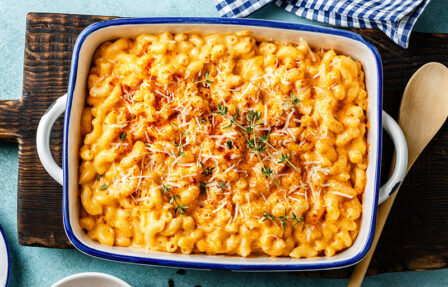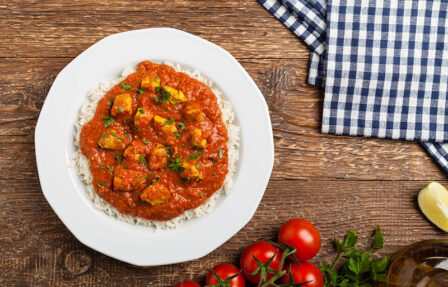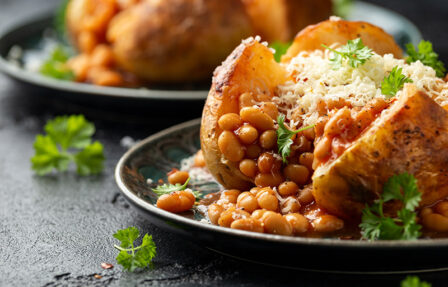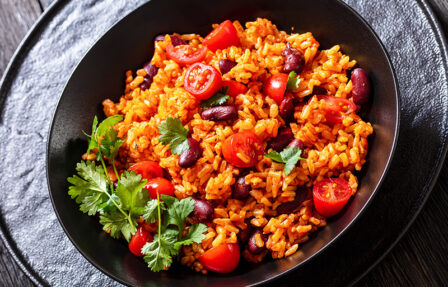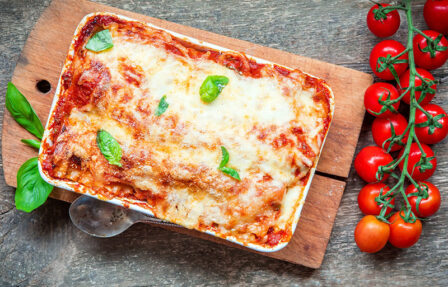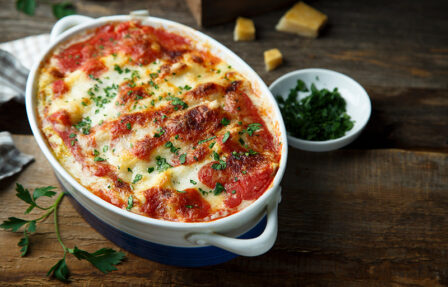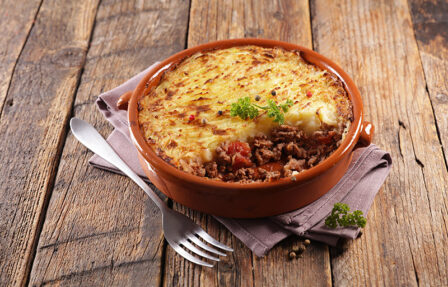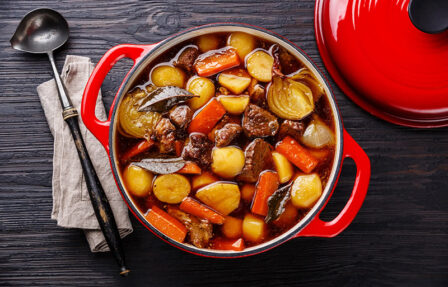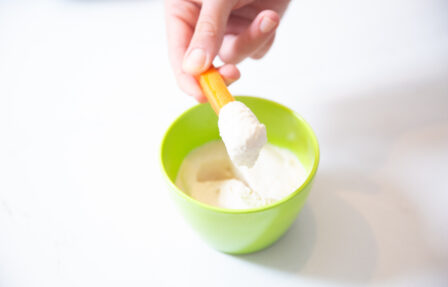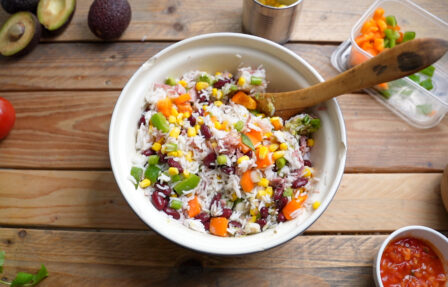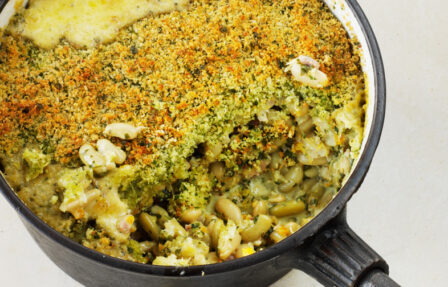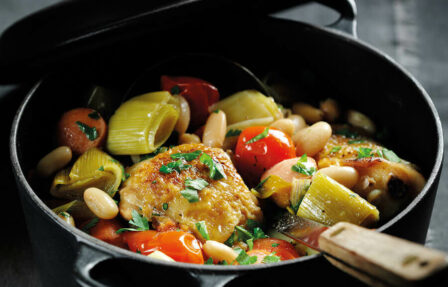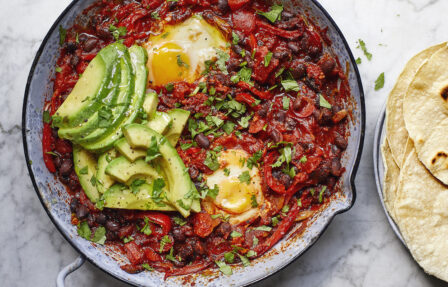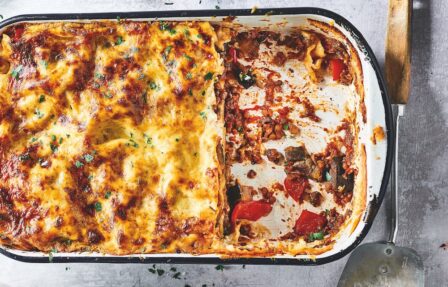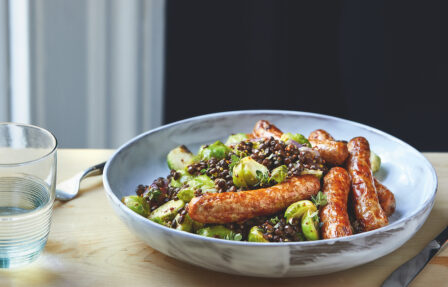Pulses
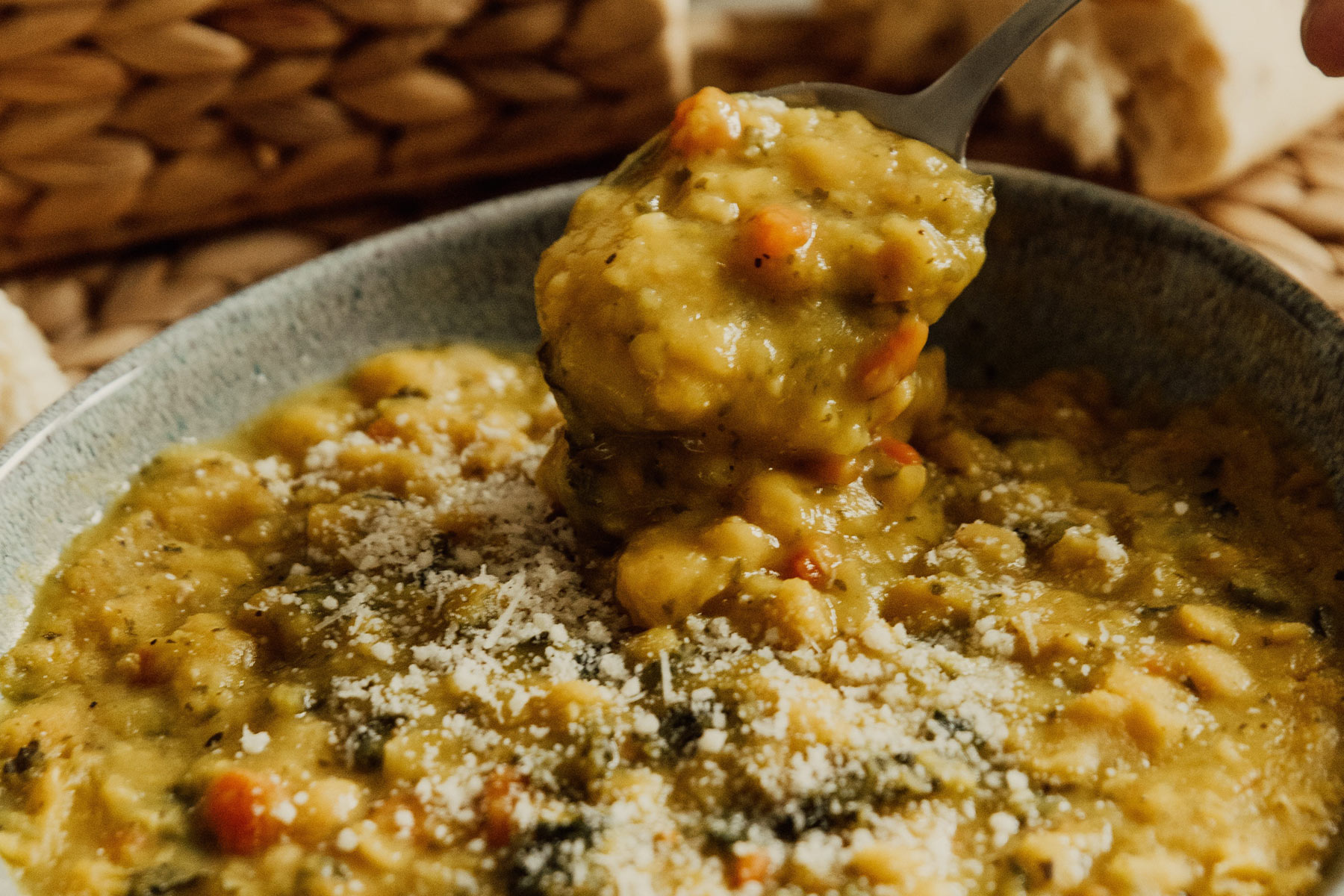

Pulses include beans, chickpeas, lentils and peas. Some of the most common among these that you might see in your local supermarkets are kidney, butter and black beans. Red and green lentils are a fantastic staple for the cupboard too. Pulses are rich in minerals, vitamins, protein and so much more goodness, and they count as 1 of your 5-a-day! You can buy them dried and soak and cook them yourself, or make it even simpler and buy them canned and ready to eat. You can drain, rinse and add a tin of beans or lentils to so many dishes – try adding them for the last few mins of cooking to a one-pot dinner like chilli, stews, casseroles or curries.
CHECK OUT: Our guide to beans and pulses featuring Bettina Campolcci Bordi

Nutrition
Pulses are a great source of plant protein as well as being rich in fibre and minerals like iron and potassium. These support energy levels and our normal body functions to ensure we’re running at out best.

Shopping Guide
You can buy your pulses canned or dried. If you’re in a time crunch, canned pulses like kidney beans can be a great addition to the kitchen cupboard. Consider picking up a dried bag of pulses, these require soaking prior to cooking but you’ll get more bang for your buck.

Storage
Both tinned and dried pulses need to be stored in a dry and dark area. Once a bag of pulses like lentils are opened they need to be kept in an airtight container away from any heat.

Preparation
Tinned pulses can be cooked from the can, simply drain the excess liquid prior to heating. Dried pulses require soaking before cooking, the length of time required varies between them so take a look at their cooking instructions to ensure you’re soaking them for long enough.

Kids in the Kitchen
For a younger child, why not give them the job of rinsing the tin of beans or lentils? Pour the tin(s) into a sieve or colander and let them put it under the tap to rinse.
For an older child, it could be a great opportunity to teach cooking over heat. Add the beans or lentils to the dish you are making and show them how to stir it in safely over the heat. You could also teach them how to use a can opener and where the sharp parts of the tin are so they know for the future.
Find more ideas for involving kids in the kitchen here.

Sensory
Why not explore pulses through touch and sight? There are so many different kinds of beans and lentils. Get a few types that are a good mix in size/shape and colour, dried vs cooked, etc. and see if you can and your child can describe them. What do they look like? What colours, shapes and patterns can you see? What do they remind you of? What do they feel like? Are they rough, smooth, slimy, hard?
Find more sensory ideas, tips and videos here. If you get stuck and need a little help with describing words, we have a selection for you here, too!

Serving
Next time you make a meal with pulses, try to get your kids involved in small ways wherever you can – when serving it up, why not let your child help you plate it, or maybe they could design a menu for the table.
Find the best ways of involving your own child and their skills and interests on our Roles for Kids page.

Activities
Why not get a selection of different dried or cooked beans and lentils and try and capture the different colours, textures and shapes with colouring pencils? Or make a rainmaker with an empty, clean lidded crisp tube or milk bottle – pour in some dried beans or lentils, decorate them and seal the lid tightly before shake, shake, shaking!
Kids more interested in science? You can find at-home science fun with veg with our videos from Stefan Gates’ here.

Seasonality
Buying veg in season is not only great for the planet, it can be good for your wallet, too! Pulses are available year-round, and are the cheapest form of protein, so make sure to stock up often and try different kinds until you know the family’s favourites.
At Its Best:
January - December

Your Food
Family Favourites
More Recipes
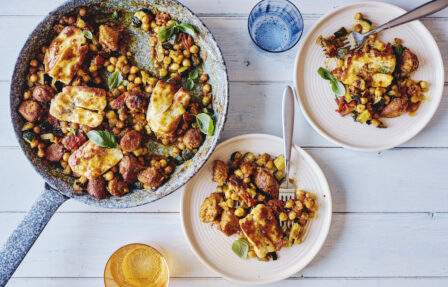
James and Paul’s Mediterranean Halloumi Traybake
James and Paul Anderson
The Wonderful World of Veg
Check out our vegepedia. When to buy in-season. How to store them to keep for longer. How to engage children with each veg, and simple ideas of how to prepare and cook them for maximum taste and minimum waste. Select a veg…

